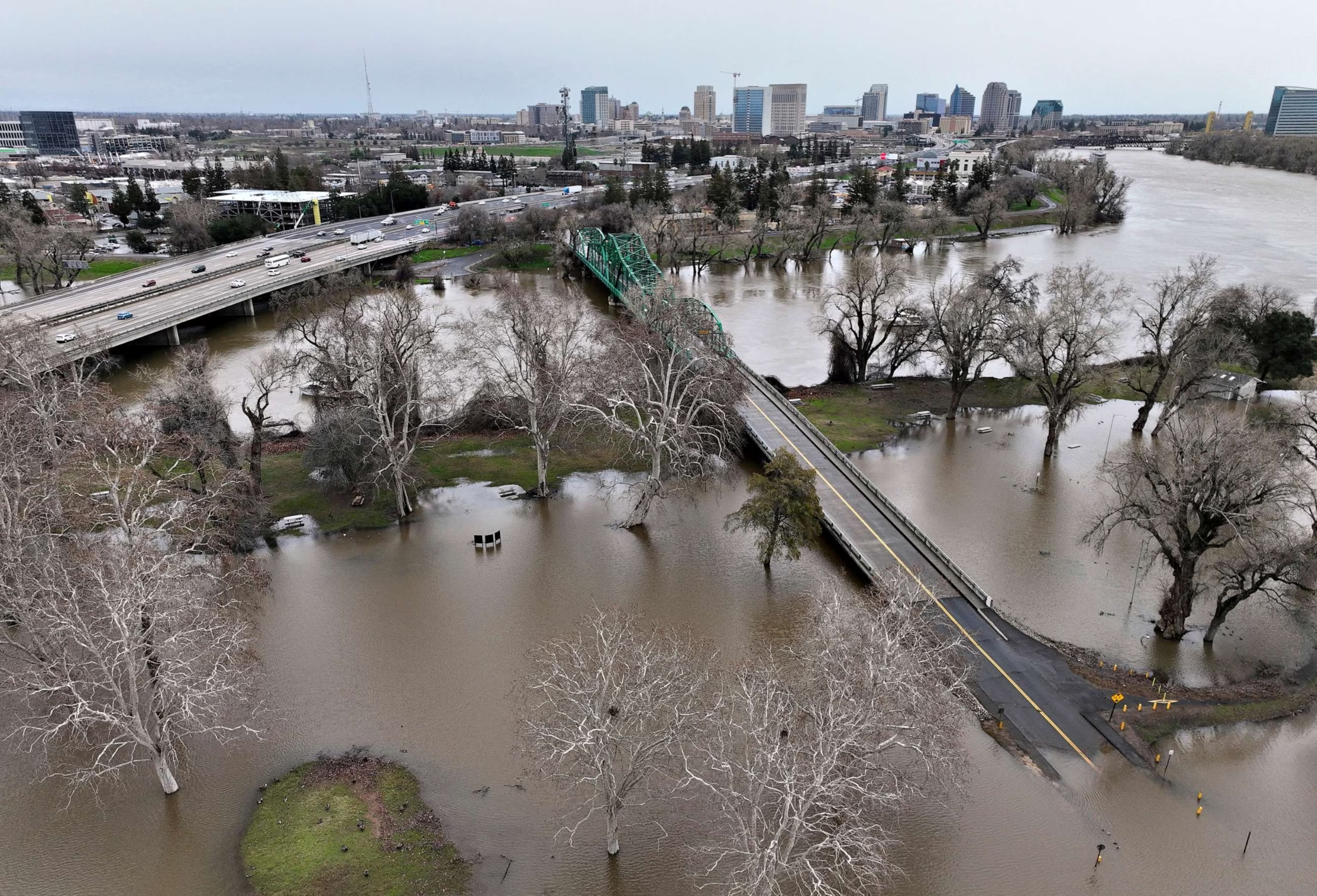Chapter 2: Sowing Seeds of Hope
Combining advanced carbon capture with military-backed reforestation accelerates our path toward a sustainable, emissions-free future.
Our world is broken. The richest men in history rule over us like kings, hoarding unimaginable wealth while the planet burns. They own the corporations that pump billions of tons of pollution into the air. They fund the politicians who refuse to act. They control the media that keeps us distracted and divided. And for what? Another private jet. Another yacht. Another record-breaking quarter of profit.
Meanwhile, our forests burn. Our oceans rise. Our cities drown. And you and I end up footing the bill to rebuild.
Climate change isn’t an accident. It’s a crime. The billionaires who profit from pollution know exactly what they’re doing. Oil executives have understood the dangers of fossil fuels for decades—but instead of stopping, they spent billions of dollars funding disinformation campaigns to slow down climate action. Governments, bought and paid for by these same corporations, refuse to act. Every year they promise change, and every year emissions keep rising.
Fossil fuel companies have known since at least the 1960s that burning fossil fuels causes climate change—yet for decades, they worked to undermine public understanding and deny the underlying science.
- U.S. House Committee on Oversight & Accountability, Joint Staff Report (2024)
We are now living in a world fundamentally different from the one our ancestors knew.
For nearly 12,000 years, human civilization flourished in a period of climate stability known as the Holocene epoch—the geological era that began at the end of the last ice age. Every city ever built, every empire ever forged, every technological breakthrough that shaped modern society happened within this narrow window of stable temperatures and predictable weather.
That stability is now over.
The scientific community increasingly believes that we have left the Holocene behind—pushed into a new geological epoch defined not by nature, but by human activity. They call it the Anthropocene—a period in which our species has irreversibly altered the Earth’s biosphere. From the carbon we’ve pumped into the air to the plastic we’ve embedded in the ocean floor, human influence is now written into the geological record of the planet. This era will continue long into the future, potentially well after humans themselves are gone.
In just 28 years, the fossil fuel industry emitted as much greenhouse gas as in the 237 years before 1988—over half of it from just 25 corporate and state producers.
Capitalism has fueled extraordinary progress. We live in an era of instant global communication, life-saving medical advances, and technological wonders that would have been unimaginable a century ago. But that progress has come at a cost.
Left unchecked, unbridled capitalism has also fueled unimaginable destruction—razing forests, polluting oceans, and exploiting entire communities in the pursuit of profit. The same forces that once fueled colonialism and slavery now drive the exploitation of natural resources, the displacement of Indigenous peoples, and the systemic corruption that keeps the world dependent on fossil fuels. At its core, capitalism rewards greed over sustainability, short-term gain over long-term survival.
While some ethical leaders have built wealth, capitalism overwhelmingly rewards the ruthless. The billionaires who fund climate denial, the executives who greenwash pollution, the politicians who take fossil fuel money while promising change—these are not outliers. They are the system working exactly as designed. The very traits that make people ruthlessly successful in business—a lack of empathy, an obsession with short-term profits, a willingness to ignore long-term consequences—are the same ones steering us toward climate catastrophe.
Roughly 4% to as high as 12% of CEOs exhibit psychopathic traits, many times more than the 1% rate found in the general population and more in line with the 15% rate found in prisons.
- “The Psychopathic CEO” by Jack McCullough, President of the CFO Leadership Council
In 2022, just twenty-six of the world’s richest people held more wealth than half of the world’s population combined. Many of them made record profits during the COVID-19 pandemic while millions struggled to survive.
We live in a world where some of the wealthiest corporations in history pay virtually no federal taxes, while their lowest-paid workers depend on welfare to make ends meet—risking their jobs if they take too long for a bathroom break.
And while the ultra-wealthy hoard their billions, governments—funded by the industries they’re supposed to regulate—don’t just fail to act on climate. They actively block progress. They hand out subsidies to oil companies, gut environmental protections, and silence activists while pretending to care. Every year, they make promises. Every year, emissions rise.
We live in a world where complex truths are shunned in favor of comforting lies. Despite 97 percent of climate scientists agreeing that man-made climate change is real and poses an existential threat, oil and gas giants spend billions convincing the public otherwise. The same companies that lied about tobacco’s dangers now run PR campaigns telling us we don’t need urgent climate action.
And it’s working.
Governments continue to delay, making half-hearted pledges while failing to prepare for the disasters ahead. When catastrophe strikes, they act surprised—despite decades of warnings. And when the cost of rebuilding comes due, it isn’t billionaires who foot the bill. It’s people like you.
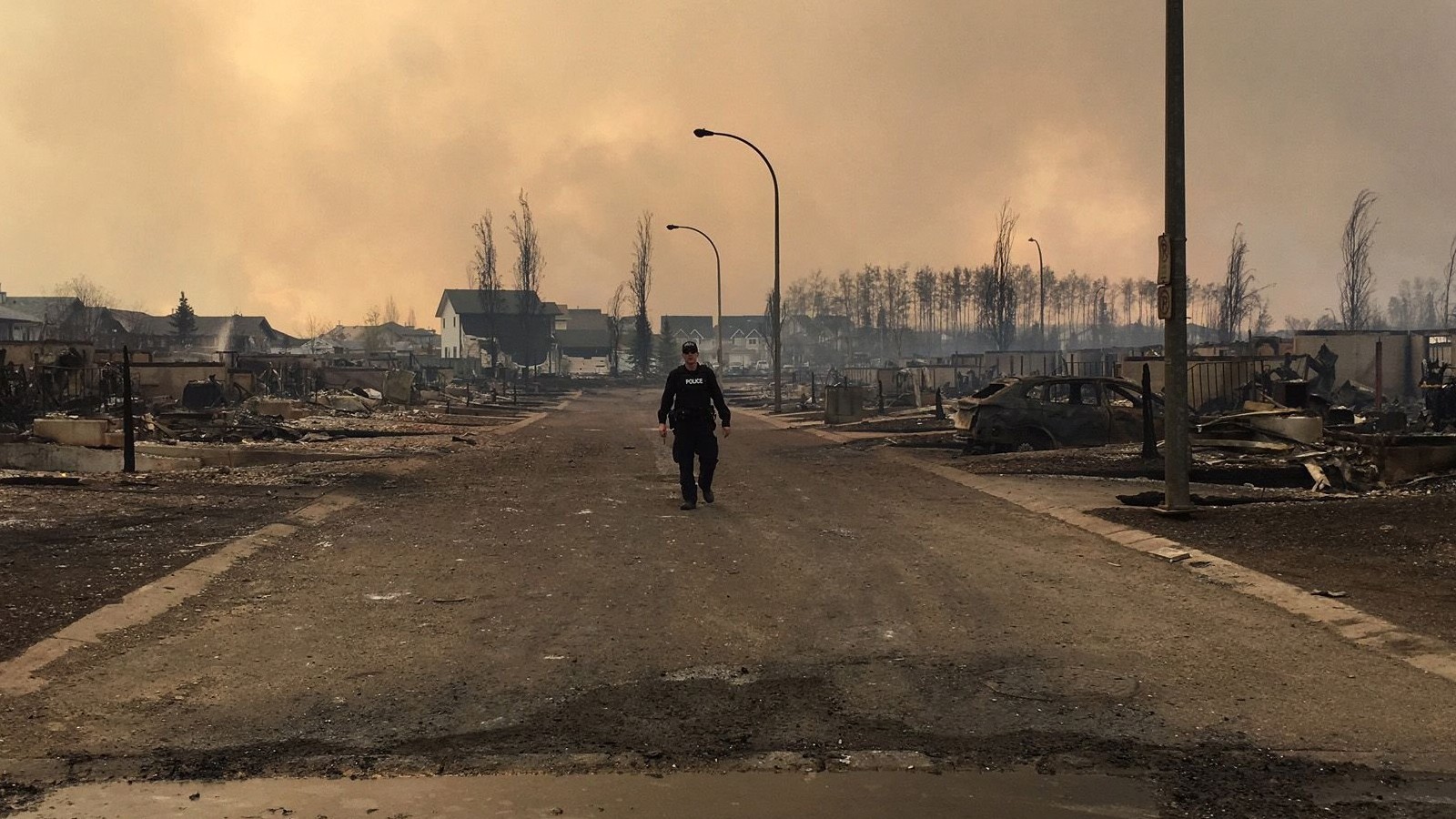
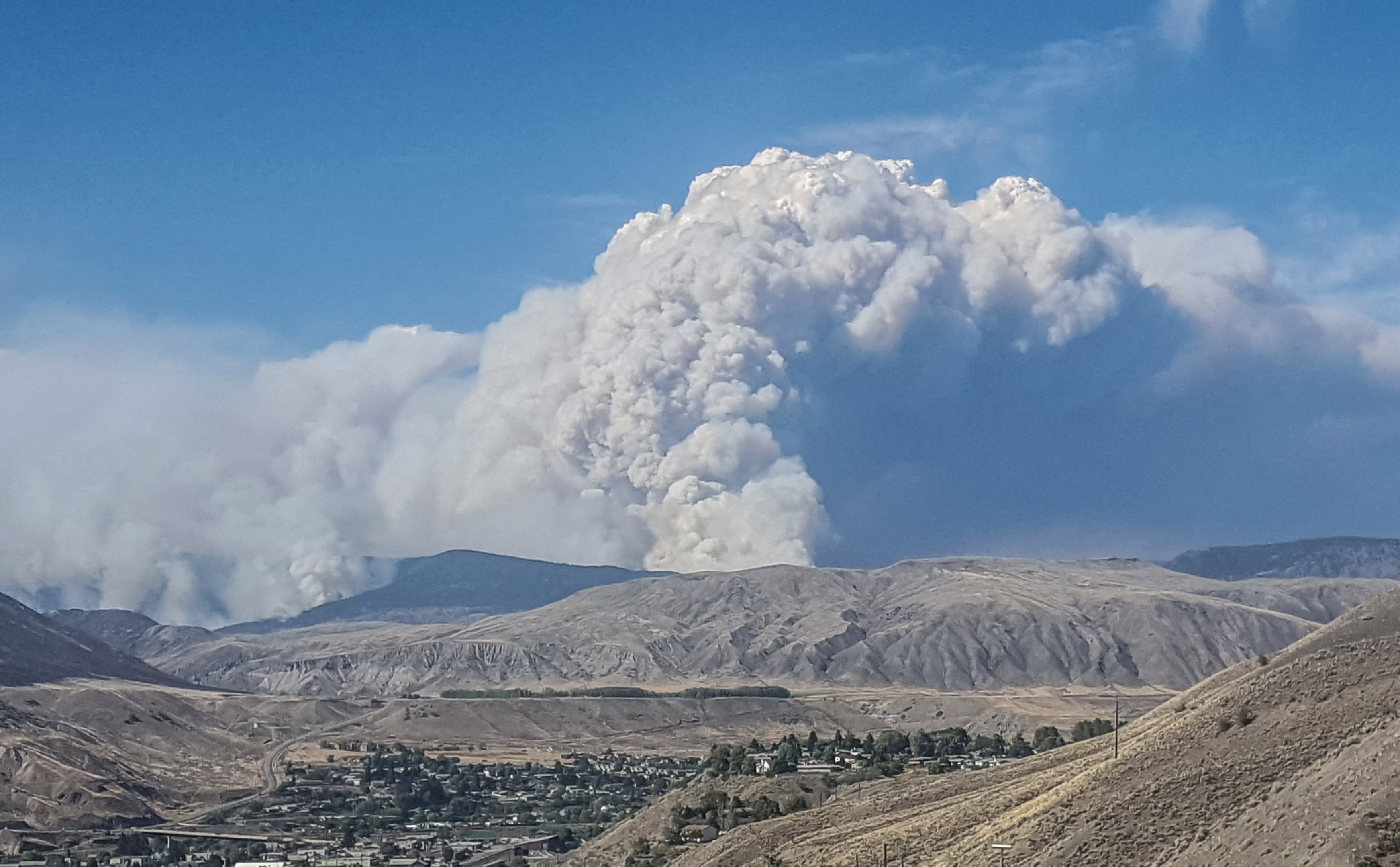
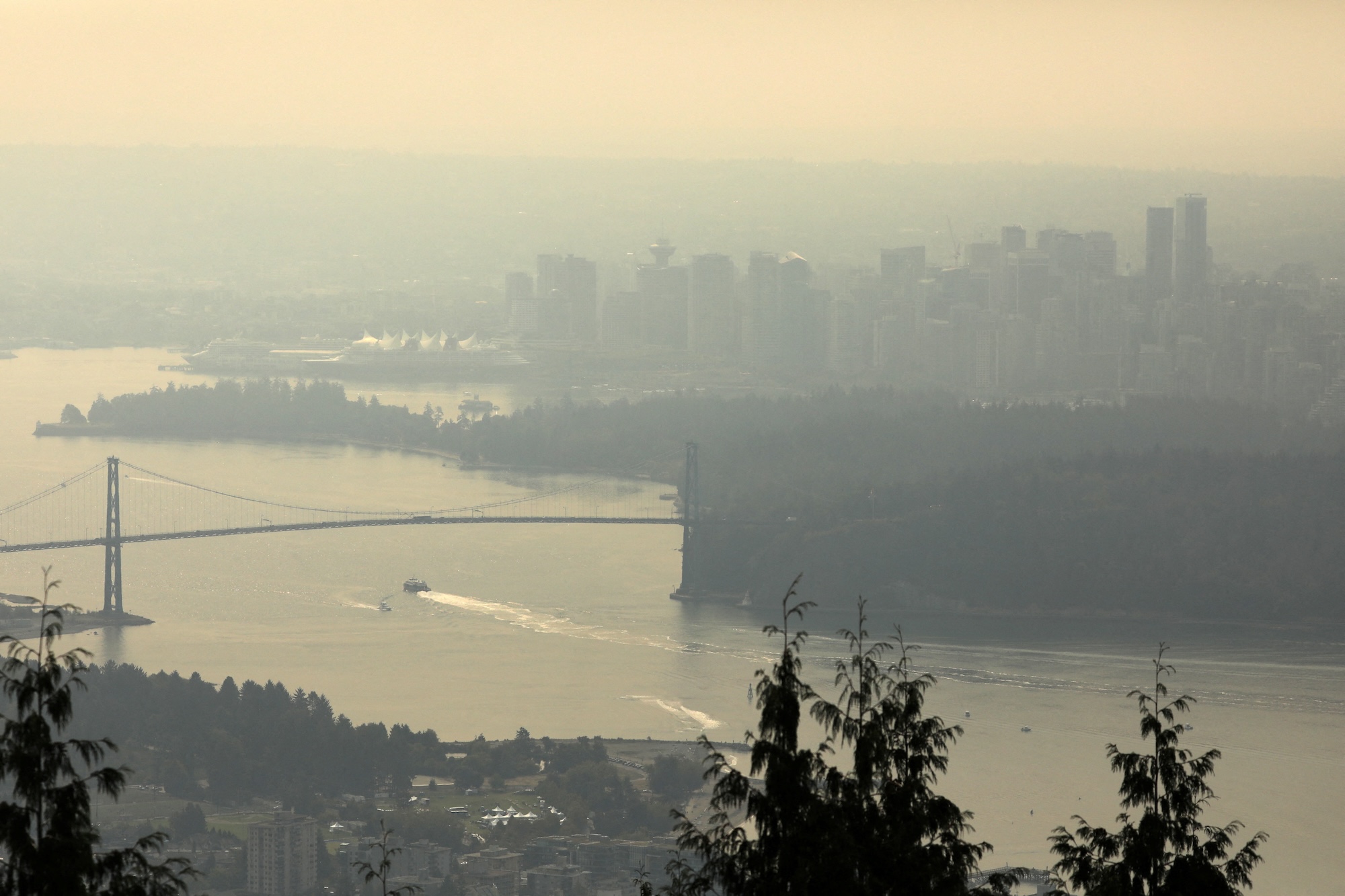
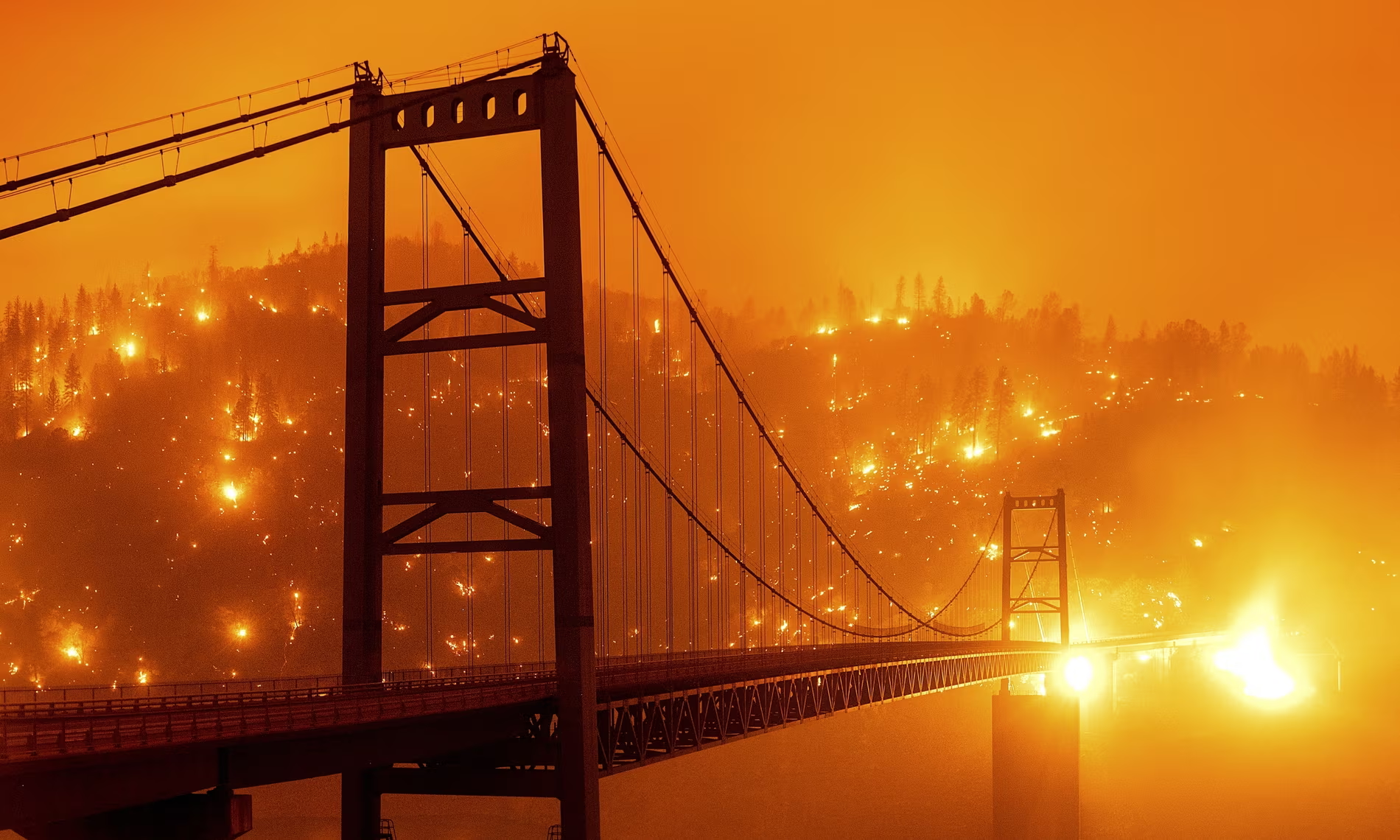
In 2016, a devastating wildfire tore through Fort McMurray, Alberta, forcing the largest evacuation in the province’s history. Nearly 88,000 people fled as the inferno consumed entire neighborhoods, leaving behind $10 billion in damages. The city was rebuilt, life returned to normal, and oil extraction in the nearby Athabasca oil sands—one of the most carbon-intensive operations in the world—continued as if nothing had happened.
The following year, British Columbia suffered its worst wildfire season on record, with more than 1.2 million hectares (3 million acres) of forest reduced to ash. In 2018, the province broke its own record again—scorching 1.35 million hectares. The smoke was so thick in some parts of the province that midday looked like twilight. Air quality plummeted to some of the worst levels in the world. Over 2.5 million hectares were left charred and desolate over those two years.
These disasters are no longer rare. They are the new normal. And forests are struggling to recover.
As wildfires grow larger and more frequent, forests are failing to regenerate. Rising temperatures and prolonged droughts are making it harder for seedlings to survive, leaving some burned areas unable to recover at all. Scientists warn that parts of North America may be reaching a tipping point, where forests permanently give way to open grasslands.
Fires were responsible for 62% of tree cover loss in Canada between 2001 and 2023. Canada lost 35.9 million hectares (Mha) of tree cover from fires and 21.6 Mha from all other drivers of loss.
In 2020, Australia’s Black Summer wildfires turned skies blood red as an area the size of Syria—18.6 million hectares (46 million acres)—was wiped out. An estimated three billion animals were killed or displaced.
That same year, California endured its worst wildfire season in history. By the end of 2020, over 9,900 fires had scorched over 1.7 million hectares (4.3 million acres), more than 4 percent of the state’s total land area. Meanwhile, in Louisiana, Hurricane Laura—the strongest storm to ever hit the state—made landfall, causing $17.5 billion in damages and killing dozens.
Then came 2023—the worst wildfire season in Canadian history and one of the worst our world has ever seen. Fires consumed 3 million hectares in British Columbia alone—twice the previous record. Across the country, an unimaginable 18.5 million hectares (45.7 million acres) burned—an area nearly the size of the U.S. state of North Dakota. The smoke spread across the Atlantic, choking cities in the U.S. and Europe.
Wildfires in Canada have surged since the 1990s, with an unprecedented spike in the 2020s. From 2021 to 2024, the total area burned has already reached 2.7 times that of the previous decade.
- Author’s Calculation. See Appendix 1A - Wildfire Trends in Canada.
In 2025, California was once again at the mercy of nature’s wrath. The Palisades Fire tore through Los Angeles, becoming one of the most destructive wildfires in United States history. Fueled by drought conditions and relentless Santa Ana winds, the fire forced the evacuation of 30,000 residents and destroyed over 6,800 structures.
When the flames finally died, the Westside of Los Angeles was unrecognizable. Pacific Palisades lay in ruins—entire blocks burned to the ground, skeletal remains of buildings jutting into the smoke-filled sky. It looked like a war zone. The city suffered an estimated $250 billion in damages.
From raging wildfires to record-breaking hurricanes, climate disasters are accelerating. Rising ocean temperatures are fueling stronger and more destructive storms, while droughts intensify the risk of catastrophic wildfires. Each year, the cost of inaction grows—not just in dollars, but in lives.
The climate crisis doesn’t impact everyone equally. The poorest and most vulnerable often suffer the most—despite contributing the least to the problem.
In 2022, relentless monsoon rains battered Pakistan for months, from June to October, flooding a third of the country and affecting 33 million people—nearly the entire population of Canada. More than 4 million acres of farmland were wiped out, leaving entire communities without food or income.
The destruction was staggering: $30 billion in damages—a loss nearly three times larger than the country’s annual health budget. Fields remained underwater for months, making replanting impossible. Famine set in. Inflation soared. Outbreaks of malnutrition, malaria, dengue, and other waterborne diseases spread through displaced communities.
All of this devastation occurred in a country responsible for a mere 0.06% of global carbon emissions.
And Pakistan is not alone. Across the world, climate disasters are reshaping economies, displacing millions, and fueling food insecurity.
Food shortages will hit poorer nations hardest, forcing millions to migrate—intensifying global pressures on wealthier nations.
- Adapted from the IPCC Special Report on Climate Change and Land, Chapter 5: Food Security (2019)
We stand on the edge of a crisis we are not prepared for.
As the climate becomes more erratic, so will our ability to grow food. Crops will fail from relentless droughts or be wiped out by torrential floods. Once-reliable food supplies will vanish, leaving millions hungry. And hunger does not stay contained within borders.
You may think food security is only a problem for poorer nations. But the COVID-19 pandemic revealed just how fragile global supply chains truly are. Grocery store shelves in wealthy countries went empty overnight. Essential goods became scarce. That was just a temporary disruption. Climate change threatens far worse—prolonged disruptions to food production, infrastructure, and global stability.
The old way of doing things isn’t working anymore. We need to act—not just to cut emissions but to build resilience.
The solutions already exist. Electric vehicles, hydrogen fuel cells, vertical farming, carbon-sequestering technology, tree-planting drones, waste-to-energy systems, and a vast expansion of clean energy—solar, wind, geothermal, and nuclear—could form the backbone of a new global economy. If we mobilize, these technologies won’t just mitigate climate change; they will create economic prosperity, better jobs, and a healthier, more sustainable future.
But the longer we wait, the harder the transition will be.
Weather changes by the day. Climate shapes the world for generations. And right now, we are reshaping it for the worse.
Hotter summers. Harsher winters. Stronger storms. Droughts that turn farmland to dust. Floods that swallow entire communities—drowning homes, farmland, and livestock. Collapsing ecosystems. Failing crops. This is not a distant future—it’s happening now.
So far, the average global temperature has increased by about 1.1 degrees Celsius since 1880. Most of that increase has occurred since 1975. The 2016 Paris Agreement, signed by nearly all nations, aims to limit the temperature increase to 1.5 degrees Celsius. Unfortunately, many climate scientists believe that preventing a two-degree increase by 2100 is unlikely, and a three-degree increase is not only plausible but highly likely—and truly disastrous.
Every 0.5°C (0.9°F) of global temperature rise will cause clearly discernible increases in the frequency and severity of heat extremes, heavy rainfall events, and regional droughts.
- Climate Change 2021: The Physical Science Basis, Summary for Policymakers (IPCC, 2021)
Throughout history, humanity has shaped the world to suit its needs—diverting rivers, harnessing electricity, curing diseases, achieving human flight, and even walking on the moon. Each of these once seemed impossible, yet we achieved them all.
Solving climate change may feel just as daunting. But the truth is, we already have the technology to do it—clean energy, zero-emission vehicles, carbon capture, and more. We don’t need to turn back the clock or abandon progress to fix this. The challenge isn’t innovation; it’s mobilization.
The choices we make today will define the world of tomorrow. If we do nothing, the destruction we’ve already seen—wildfires, hurricanes, droughts, and food shortages—will only intensify, disrupting economies and displacing millions. But if we act decisively, we can not only reduce emissions but repair the damage already done.
For too long, climate action has been dismissed as a burden—something that requires sacrifice and hardship. But what if it’s the opposite? What if solving climate change is not just necessary, but profitable, practical, and beneficial to everyone?
The world is changing, whether we like it or not. The only question is: Will we take control of our future, or be destroyed by it?
Curious about why I wrote this book? Read my Author’s Note →
Want to dive deeper? A full list of sources and further reading for this chapter is available at: www.themundi.com/book/sources
Help shape the future! Sign up to receive behind-the-scenes updates, share your ideas, and influence the direction of my upcoming book on climate change.
